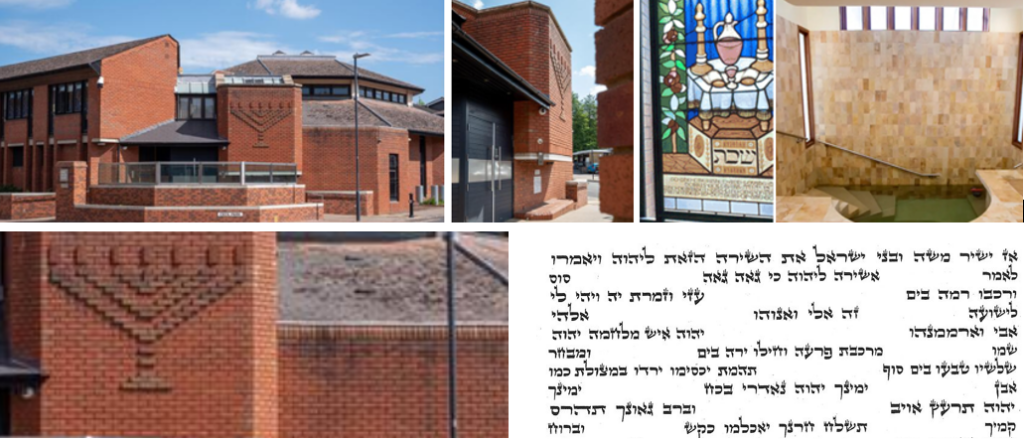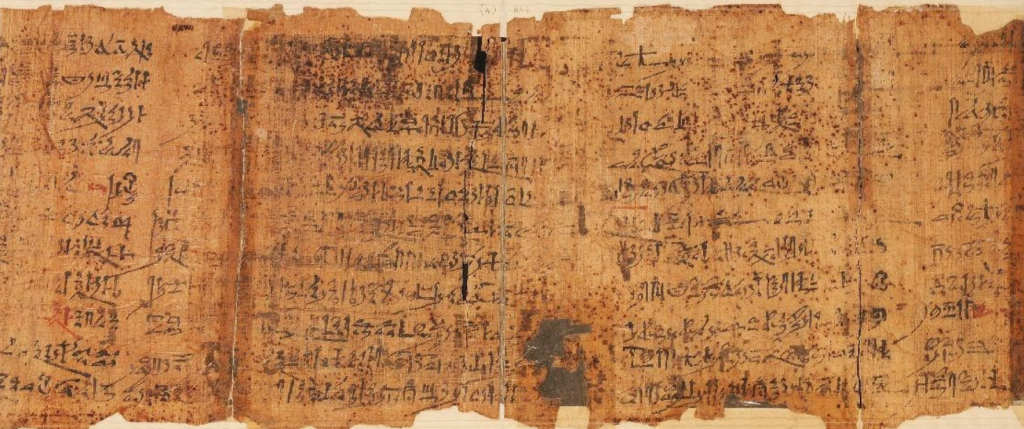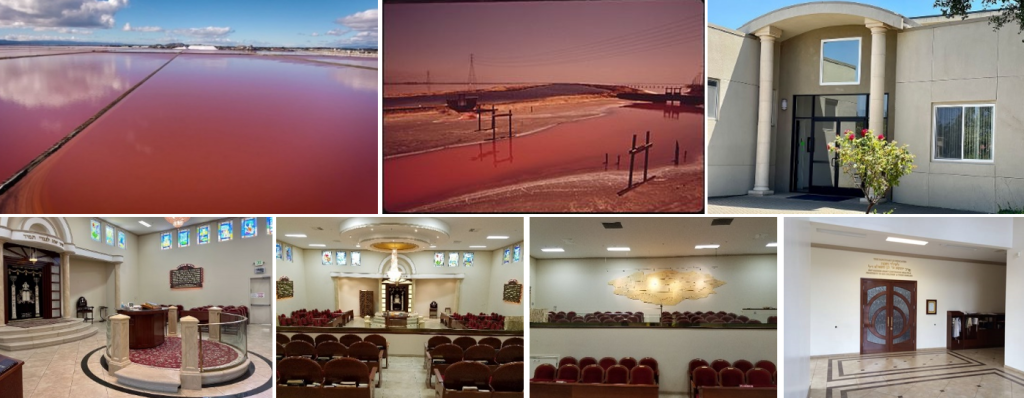
The Parasha Beshala’h (בשלח – When he let go), Exodus 13: 17–17: 16, contains the Song of the Sea, traditionally sung on a particular melody and written in the parchment of the Torah with a distinctive pattern called in “brick-like pattern“.
The Pinner synagogue, located in Cecil Park, was founded in 1940. The current building, built in tiles and red bricks, was erected in 1981. The community follows the Orthodox ashkénaze ritual and is affiliated with the United Synagogue (1). In October 2014, the municipal council unanimously approved the proposals to create an Erouv (2). In force since March 2018, its 24 km perimeter is one of the largest in the Grand London.
(1) Main federation of British Orthodox Jewish synagogues bringing together around 40,000 faithful.
(2) Pinner’s Erouv Plan (click) and others around London.



